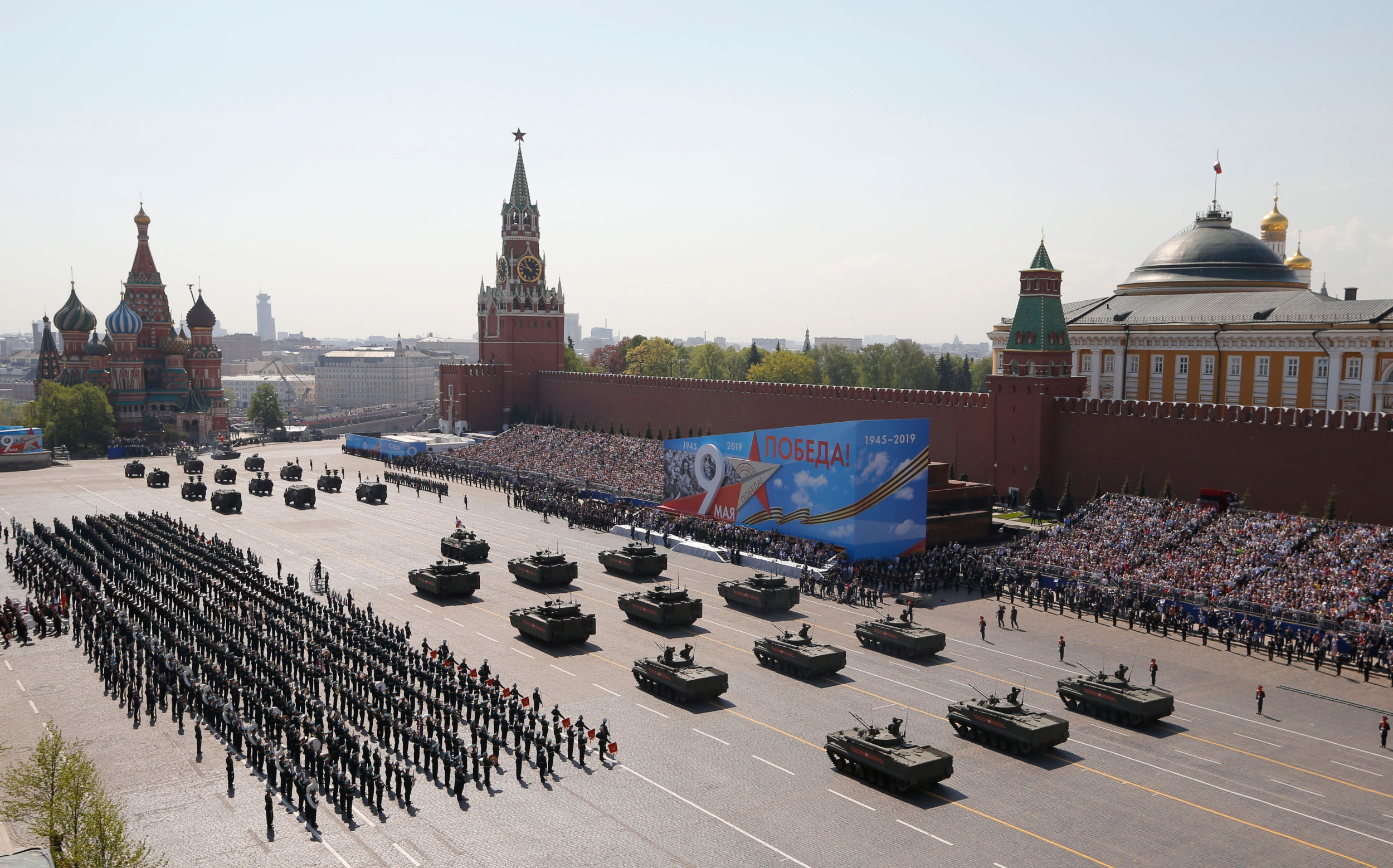- cross-posted to:
- ukrainianconflict@lemmit.online
- cross-posted to:
- ukrainianconflict@lemmit.online
In a recent appearance on Russia’s state-run television, Russian political scientist Sergey Mikheyev suggested that the country’s “empire” should grow to encompass three American states.
“I want the Russian empire with Alaska, Hawaii, California, Finland, and Poland,” he said, as translated by Gerashchenko for the clip he shared. “Although Poland and Finland are so stinky, I’m not sure, to be honest. We’ll clean them.”



Lets say Russia magically is able to land on US soil completely intact after passing through the US Navy infested waters of the Atlantic or the Pacific. Lets just assume they can so we can continue this crazy thought experiment.
To take territory you need boots on the ground, troops, tanks, APCs, etc. These are transported by troop transport aircraft and large ships that are naval landing craft. For Russia that would be the Ropucha-class. Each of these ships can carry about 10 tanks and about 310 troops (per ship).
So how many of these ship does Russia have? Hundreds, right? Nope: 11. Thats it. So assuming a full load of every ship thats about 110 tanks and about 3500ish troops. And all of that assumes all 11 ships will make it alive to US soil.
This is just how crazy this Russian claim of taking US States is.
It’s not supposed to make sense, it’s supposed to make actual Kremlin policy seem sane and moderate to the domestic audience.
It’s something about 4 kilometers from Russia to US. Or 86 km between mainlands.
They wouldn’t need magic. They’d just need a hamburder puppet President in office.
*hamberder. You give him too much credit.
Not to mention every other citizen is armed
That doesn’t matter at all
Not even a little bit? Okay…
If civilian gun ownership was enough to stop a military then the US would never have gotten a standing military. Like what the 2nd amendment was intended for
Well, it did in the American Revolutionary War. But there hasn’t been much by way of countries seriously looking into invading the US over the centuries.
We do have one instance, though.
In World War I, Germany tried to get Mexico to invade the US, and offered to provide support in annexing part of the US.
Mexico’s leadership had the military examine the proposal. They advised against it. One of the cited rationales for not invading was the widespread gun ownership in the US.
https://en.wikipedia.org/wiki/Zimmermann_Telegram
But, again, I think that all this misses the point. There isn’t going to be land warfare, much less militia warfare, against Russian land forces. Russia doesn’t have the means to transport forces from Russia to the US. The US has a considerably larger air force and navy, and an invasion fleet is going to run into that in the Pacific before it gets to California.
You forget that Alaska is like 2 miles from Russia
I think you forget that we have 24 hour satellite surveillance all over the globe.
If you think Russia could send a large fraction of its blue water navy to one single point on the globe while also mustering all those troops and equipment on the ground in Russia beforehand without the US knowing about it weeks before hand, you don’t have a good grasp on the level of technology employed in today’s military.
Well, there’s a remote island that belongs to Alaska that’s about two miles away from a remote island that belongs to Russia. You can swim across that.
https://en.wikipedia.org/wiki/Diomede_Islands
I mean, I’m sure that Russia can get forces across that. They’ve got a military base on their little island, and we’ve got a small Native American village on our little island.
But then you’ve planted some number of forces on a strategically-irrelevant island in the Pacific. You’ve blown your largest advantage, surprise, and you’ve dumped however many people there, with a supply line that dictates that you need to support them by having ships sail up, while you just kicked off a war with a country with a much larger navy and air force.
And it’s not much of a springboard to a beachhead that you can use for land-based logistics, because there’s no infrastructure up there.
https://en.wikipedia.org/wiki/Bering_Strait_crossing